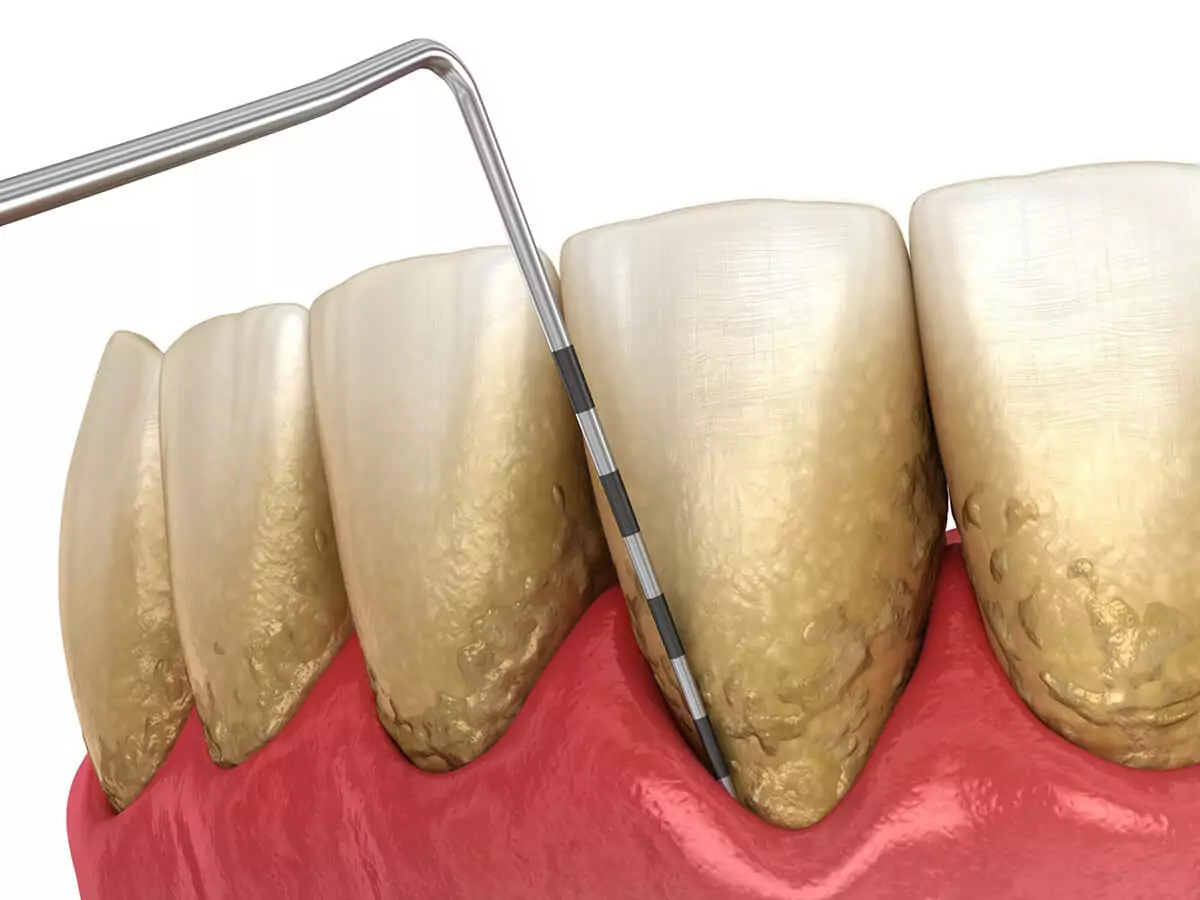
Our team tries to treat any gum infections we encounter quickly before they have a chance to cause more serious problems. You can rest assured that if we notice a problem with your gums, we’ll deal with it right away:
If the thought of treatment makes you anxious, you can receive dental sedation to make sure you feel at ease and that your procedure is pain-free all the way through. You don’t have to wait until you see the telltale signs of early-stage gum disease (commonly called gingivitis). Instead, be proactive and come see us at Link Dental Excellence for a routine exam and gum disease treatment.
The earliest sign of periodontitis is an irritated gum line that might cause discomfort or bleeding when you brush, floss, or have your teeth cleaned professionally. If not treated, the gums will start to retract and pull away from the teeth. This creates spaces between the teeth and gums called periodontal pockets that can fill with harmful bacteria. Your dentist will measure the depths of these pockets to determine how far the condition has spread and what treatment is necessary. If gum disease makes its way to the jawbone and the connective tissues of teeth, the jawbone can deteriorate, and teeth can be lost.
There are three common causes of gum disease.
Periodontal disease or gum disease is treated in two ways. Which treatment you receive depends on the severity of your condition.
Scaling and root planning are recognized as the standard treatment for periodontitis. The procedure is highly effective in managing the condition in its early to moderate stages. It also does an excellent job of reversing its harmful effects. When providing scaling and root planing treatment, your dentist will access the areas below the gum line and between the teeth and remove harmful accumulations of plaque, tartar, and oral bacteria. Then, the root surfaces will be smoothed out to prevent future accumulations. Your gums should begin the healing process and eventually reattach themselves to the teeth.
The second treatment is called bone grafting and is often required when bacteria and plaque have reached the jawbone and caused deterioration and decay. Your dentist will need to surgically access the damaged jawbone at this stage. Your dentist will attempt to regenerate the bone by applying proteins and artificial bone-like material to the areas of decay. This will help encourage new bone growth. Bone grafting is often a necessary step for strengthening the jawbone so that it can support dental implants to replace missing teeth.
Receding gums affect about half of Americans over the age of 50, but young people can experience gum recession, too. You may be genetically predisposed to gum recession, as some people are born with thin gums. Other times, environmental factors might contribute to recession. Things like aggressive brushing, trauma, surgery, or ill-fitting partial dentures and dental appliances can cause gum recession.
If you notice a tooth looks long or you experience sensitivity or pain when brushing and flossing, you could have gum recession. Be sure to make an appointment and have your dentist examine the area. If you have gum recession, we can typically graft a small amount of skin from your palate and patch it over the receding area. The treatment helps protect the tooth from further damage. It is a minor procedure that can be done for a single tooth or multiple teeth, depending on the need.